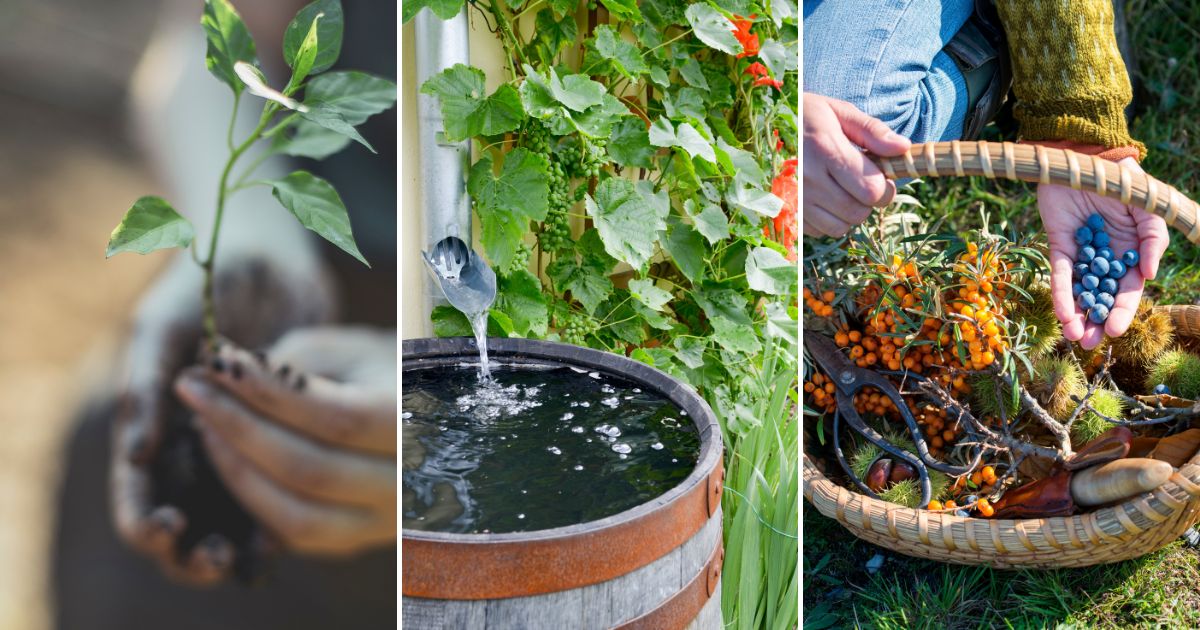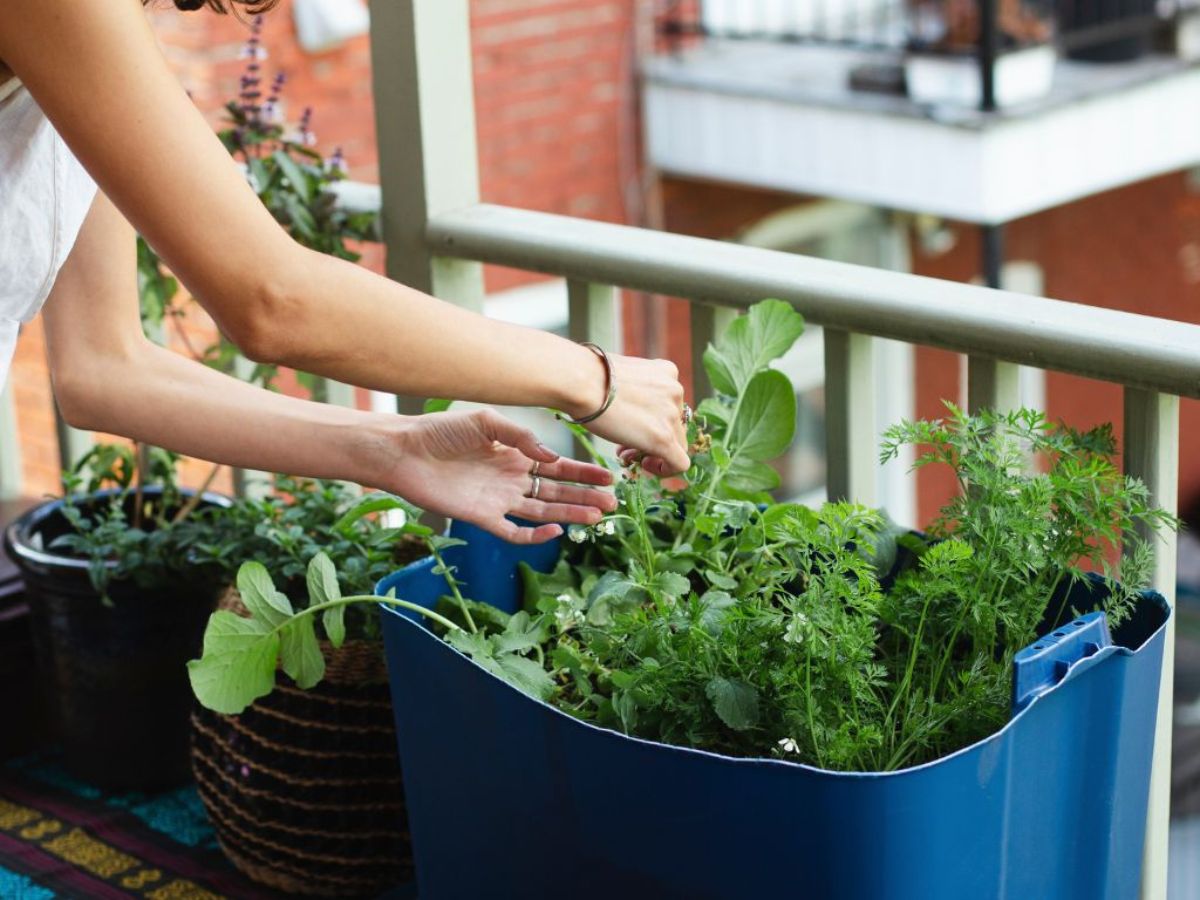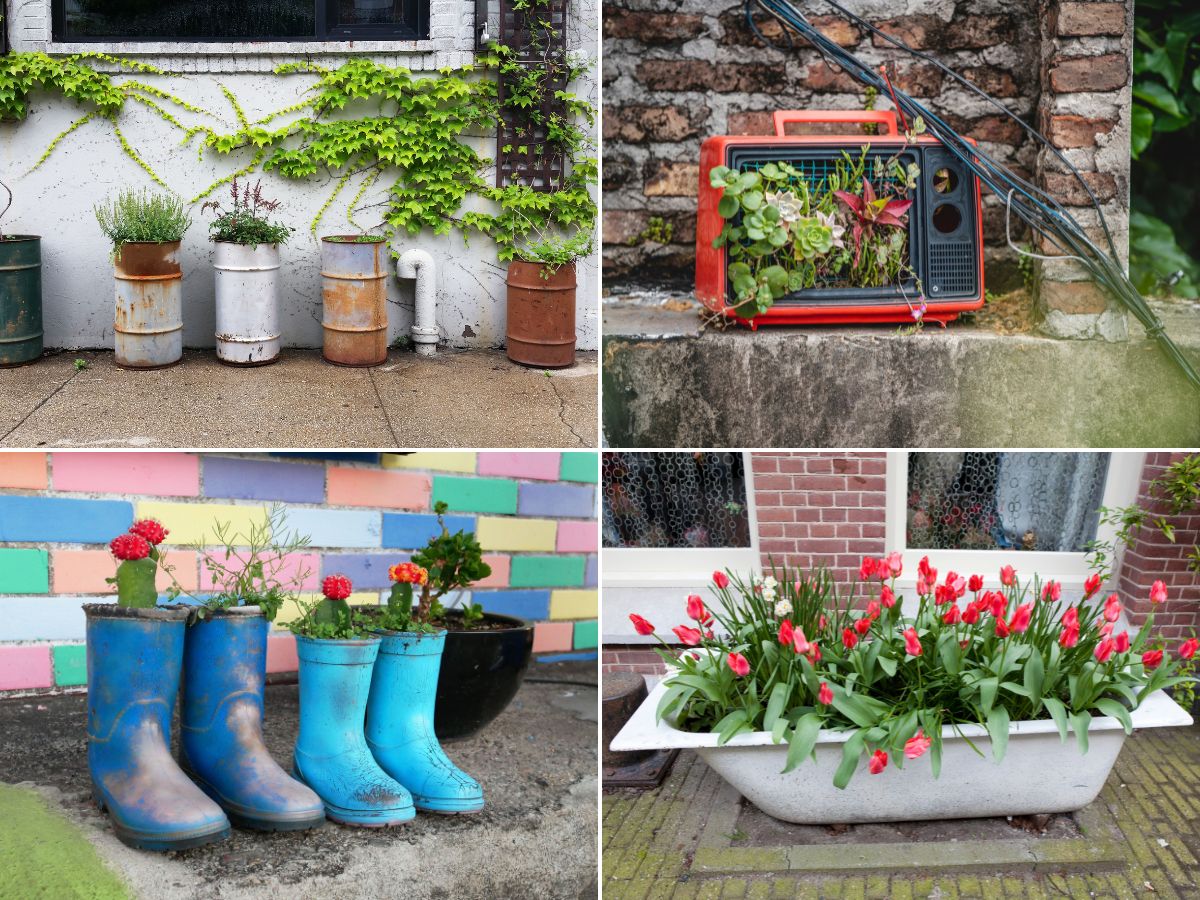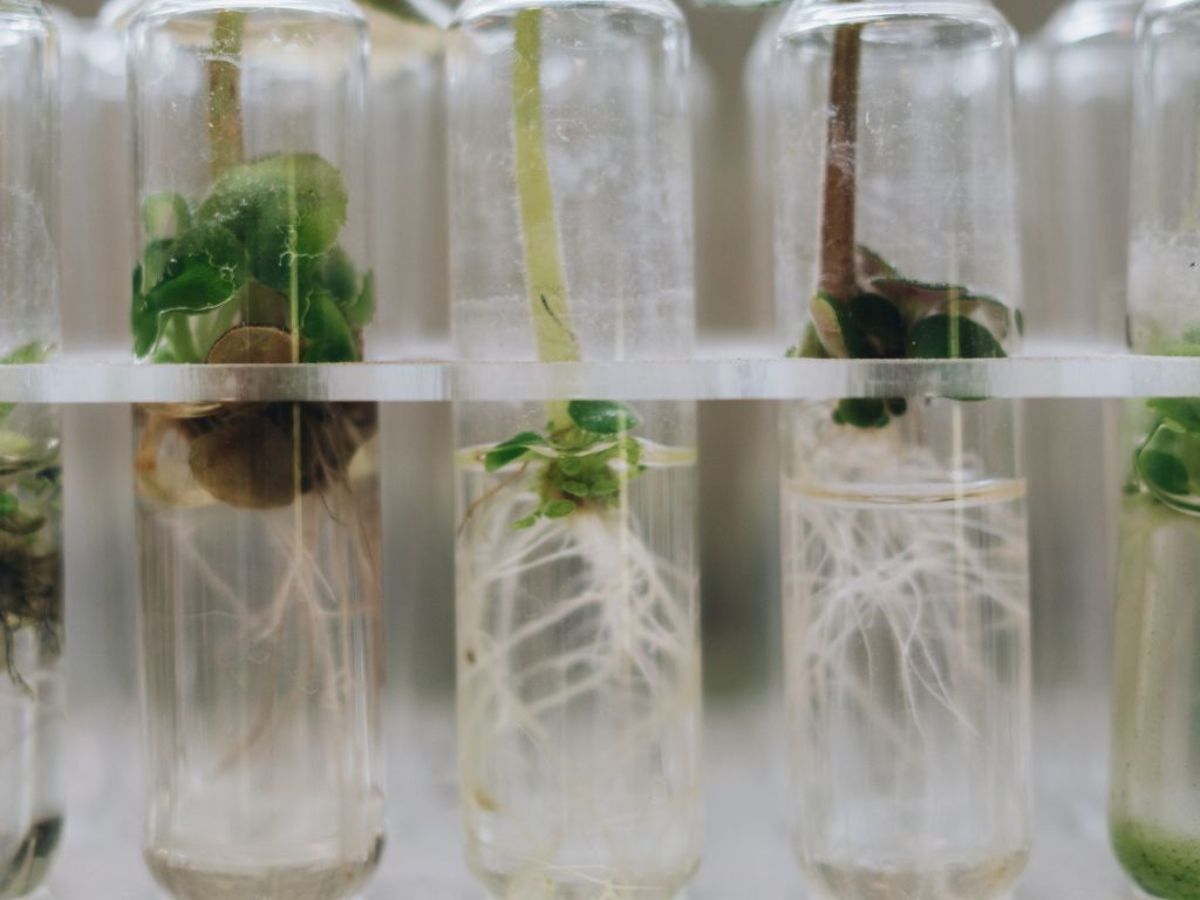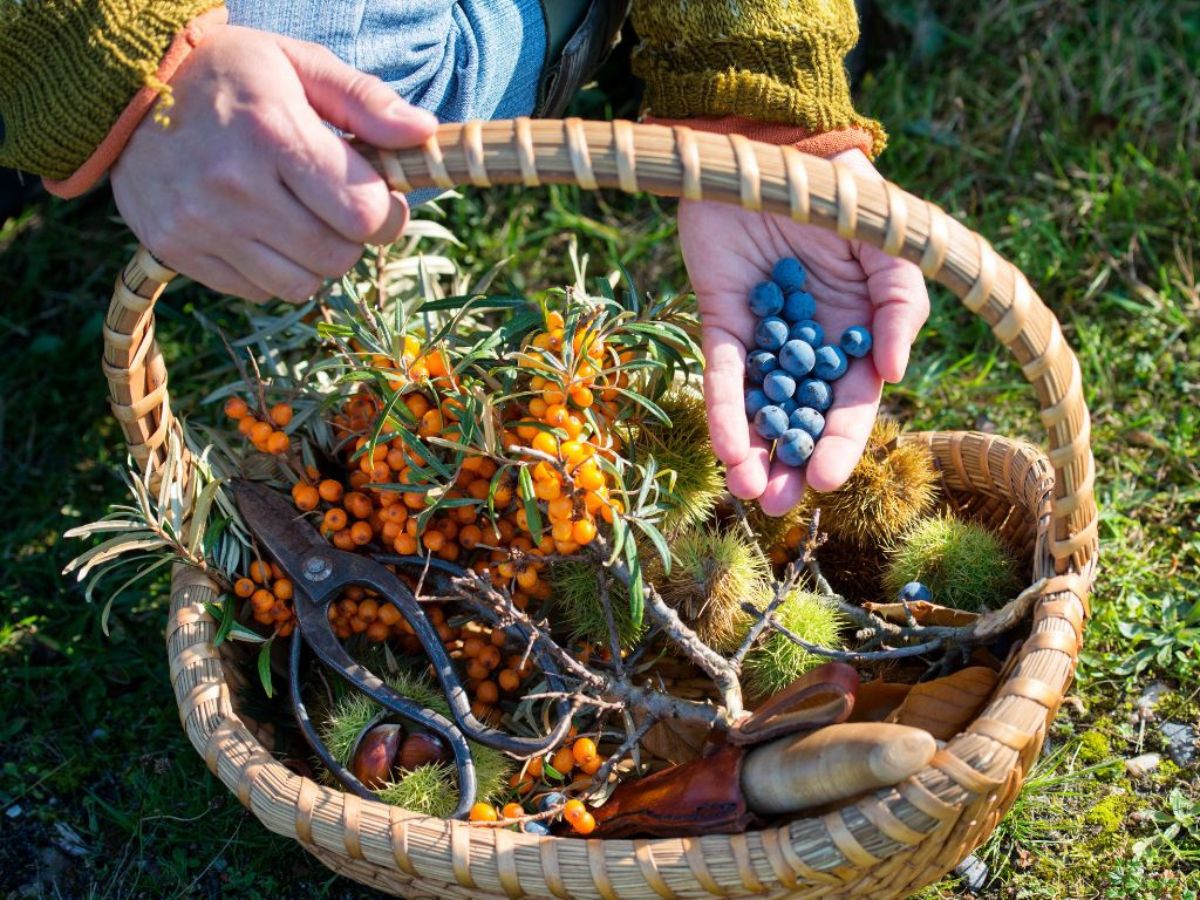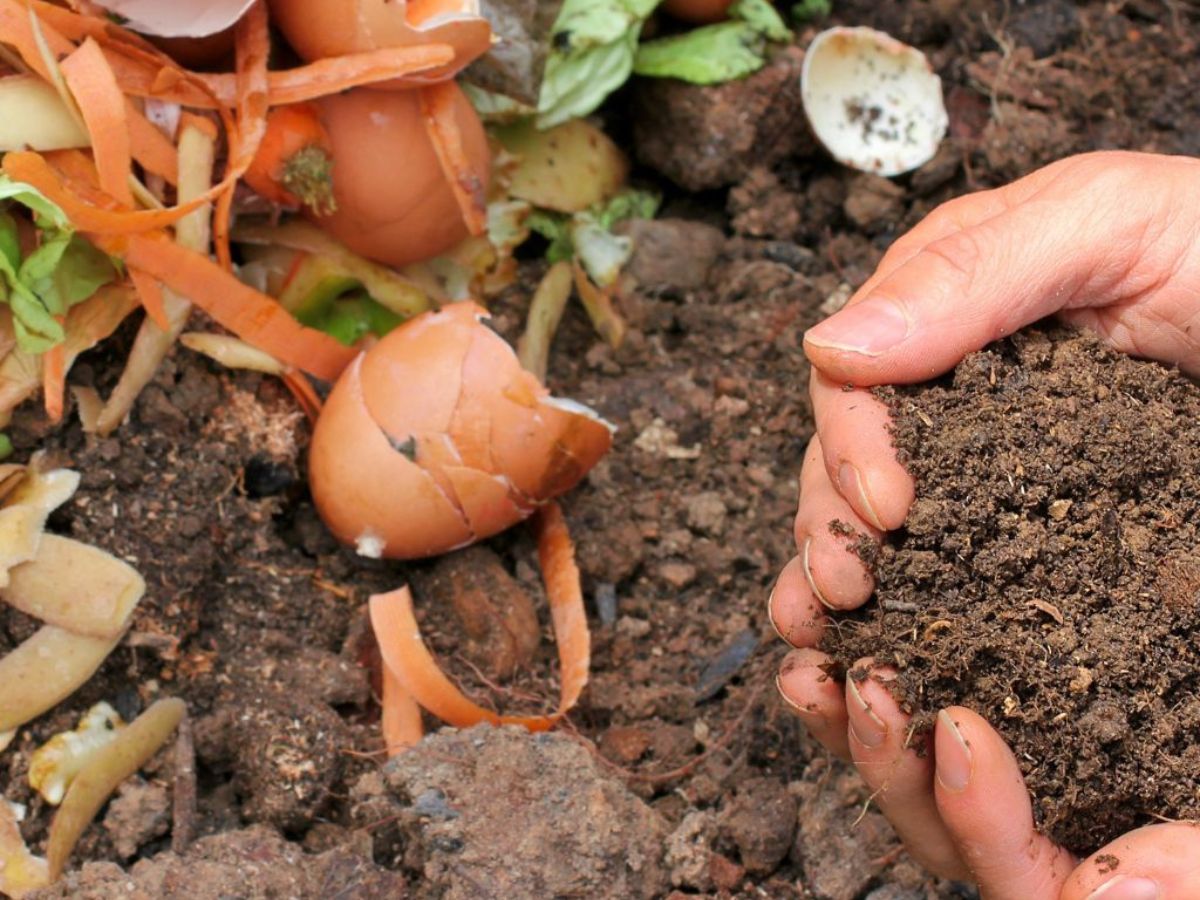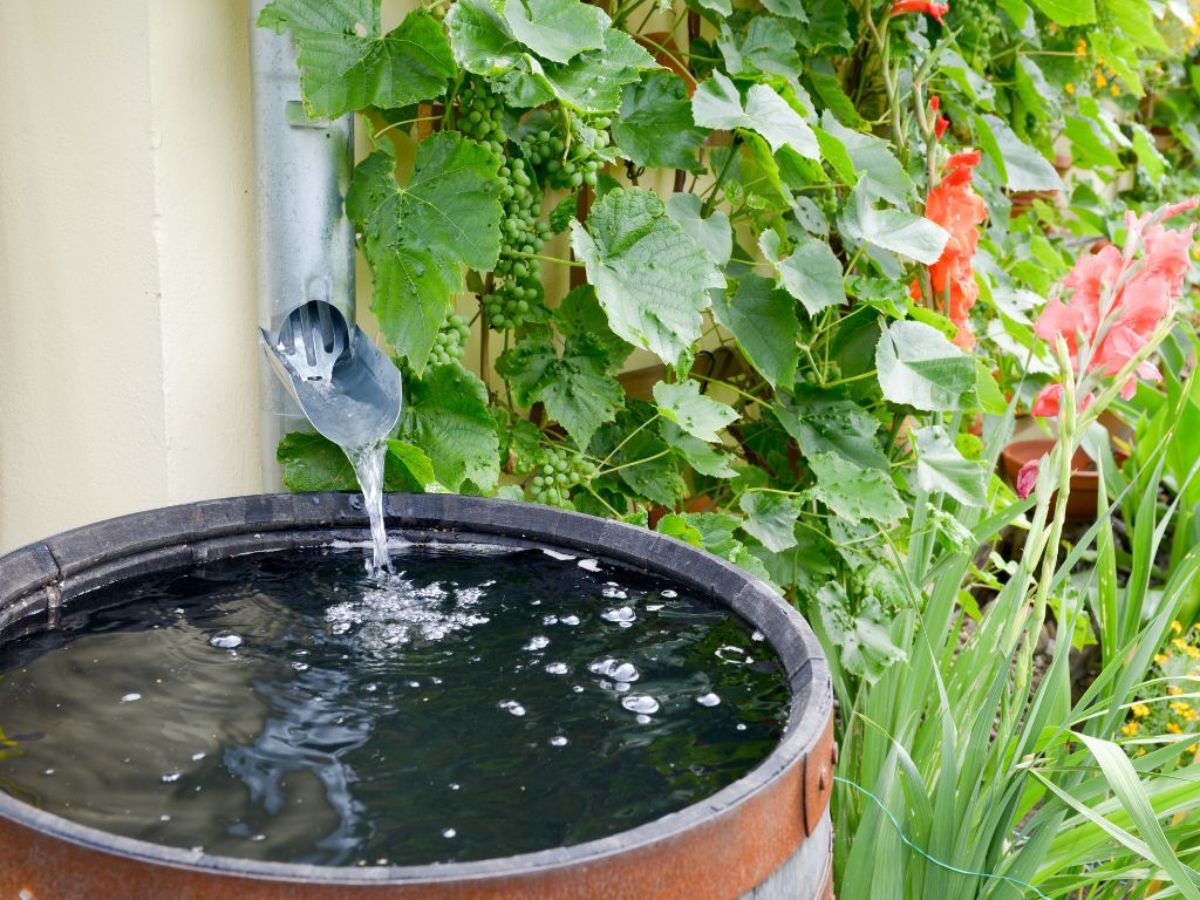Gardening doesn’t have to be an expensive hobby. If you’re on a tight budget, you might be surprised to learn that you can grow a lush, healthy garden with minimal spending.
The key lies in making the most of what you already have and being resourceful in your approach.
With a bit of creativity, you’ll discover new ways to cultivate your green space without breaking the bank.
Starting Your Budget-Friendly Garden
Creating a garden with limited funds can be both rewarding and achievable. By assessing your available space and employing creative ways to repurpose items, you can start cultivating your own green oasis without breaking the bank.
Assessing Your Space
Begin by surveying your available gardening area. Do you have a backyard, a balcony, or just window sills? Each offers unique possibilities and limitations. For larger spaces, you might consider layout options for planting directly into the soil or using raised beds.
Container gardening is ideal for smaller spaces. Old buckets, wooden crates, or even broken pots can be perfect containers.
Make sure you consider sunlight exposure. Most vegetables need at least 6 hours of sun daily. Sketching a rough plan of your space can help visualize placement and sunlight paths.
Utilizing Found Objects and Materials
Cost-effective gardening often involves reusing items you might already have. Look around for unused household items that can serve a second purpose. Old tires can become planters, and wooden pallets can be turned into vertical gardens.
Create compost bins from scrap wood or discarded containers to make your own organic fertilizer.
Seek out community groups where you can trade seeds or plants. Recycling not only helps the pocket but also the environment. By being resourceful with what you have, gardening can become a fulfilling and innovative endeavor.
Creative Ways to Acquire Plants
Gardening on a tight budget doesn’t mean you have to compromise on variety or quality. You can expand your garden using cost-effective methods like plant propagation, participating in local swaps, or responsibly collecting seeds from the wild.
Propagating Your Own Plants
You can grow your collection by taking cuttings from existing plants. This method is both cost-effective and fulfilling. All you need is a healthy plant, clean scissors, and some water or soil.
Simple steps:
- Identify a healthy stem.
- Cut a few inches below a leaf node.
- Remove any leaves from the bottom.
- Place it in water or soil until roots develop.
Common plants like pothos, succulents, and spider plants respond well to this method. Propagating allows you to produce more plants without spending extra money.
Plant Swaps and Community Exchanges
Participating in plant swaps is a great way to diversify your garden with minimal spending. Many communities hold regular swap events where you can trade your excess plants or cuttings for those you desire.
If you’re not sure where to start, check with local gardening groups online or community bulletin boards for upcoming events. You may also find plant exchanges at local libraries, schools, or community gardens.
These events offer a chance to meet fellow gardeners, share tips, and expand your plant collection at no cost. Plus, you might just make a few new friends.
Foraging for Wild Seeds and Plants
Foraging is a wonderful way to connect with nature and discover plants that can thrive in your garden. Look for seeds or young plants in your local area, but make sure to follow ethical guidelines. Avoid protected areas and respect local ecosystems.
Before foraging, learn to identify different plants and understand which ones are safe to take. Be mindful of laws and avoid taking plants from private property.
Always take a small amount, allowing the wild population to regenerate. With a keen eye and right timing, you can discover various plants to grow in your garden.
Building Soil Fertility on a Dime
Creating rich, fertile soil doesn’t have to be expensive. By using everyday scraps and tapping into local resources, you can enhance your garden without spending a fortune.
Composting with Scraps and Yard Waste
You can transform kitchen scraps and yard waste into nutrient-rich compost. Collect fruit and vegetable peels, coffee grounds, eggshells, and even shredded paper.
Avoid using meat, dairy, or greasy foods, which can attract pests. Combine these with lawn clippings and fallen leaves from your yard.
Using a simple compost bin or even a pile in your yard, layer these materials. Turn the pile every few weeks to speed up decomposition.
This process creates a natural fertilizer teeming with beneficial microorganisms that enhance soil structure and fertility. You’ll save money and reduce waste, all while building healthier soil.
Local Resources for Free or Cheap Compost Material
Tap into your community for free or low-cost compost resources. Community gardens often have excess compost or materials, happy to share with fellow gardeners.
Restaurants and coffee shops may donate coffee grounds and vegetable trimmings—just ask!
Consider checking with local tree removal companies for free wood chips and with municipalities for leaf litter or grass clippings. By bringing in these diverse materials, you’re adding essential nutrients to your garden for almost no cost.
Many towns have compost facilities that offer free compost to residents. It’s a budget-friendly strategy to enrich your garden’s soil.
Maintaining Your Garden Economically
Keeping a garden thriving without breaking the bank is all about smart usage of resources and simple DIY approaches. Focus on minimizing costs by conserving water and using home-based solutions for pest control.
Water Conservation Tips
Start with rainwater collection. Set up barrels or containers to capture rainwater, which is perfect for irrigating your plants without increasing your water bill.
In addition, implement drip irrigation. These systems use less water and direct it right to the plant roots, reducing wastage.
Mulching is another effective method. By using grass clippings, straw, or wood chips, you can keep soil moist and reduce the need for frequent watering.
Additionally, adopt a strategic watering schedule. Water your plants early in the morning or late in the evening to minimize evaporation.
Consider drought-resistant plants if you live in an area prone to dry spells. These plants require much less water and are easier to maintain. Keep an eye on your plants’ root health as well, as healthy roots absorb water more efficiently.
DIY Pest Control Solutions
Create a natural barrier using garlic or chili pepper sprays. Mix crushed garlic or ground chili peppers with water and a bit of dish soap, then spray it on your plants to deter pests.
Another solution involves using neem oil, which is effective against a variety of pests.
Introduce beneficial insects such as ladybugs or praying mantises to your garden. These insects prey on common garden pests and act as a natural pest control system.
Encourage birds in your garden by setting up feeders or bird baths. Birds help control insect populations. Regularly check and remove any diseased plants and weeds to minimize pest habitats, keeping your garden healthy and thriving.
Start your garden-journey by looking around your home for items you can repurpose. Containers, old tools, and even kitchen scraps can become valuable assets in your gardening journey.
Don’t forget to connect with fellow gardeners in your community. Swapping seeds, borrowing tools, and sharing tips can help you save money and also foster a sense of camaraderie.
By building these connections, you’ll not only enrich your garden but also gain support and encouragement along the way.
